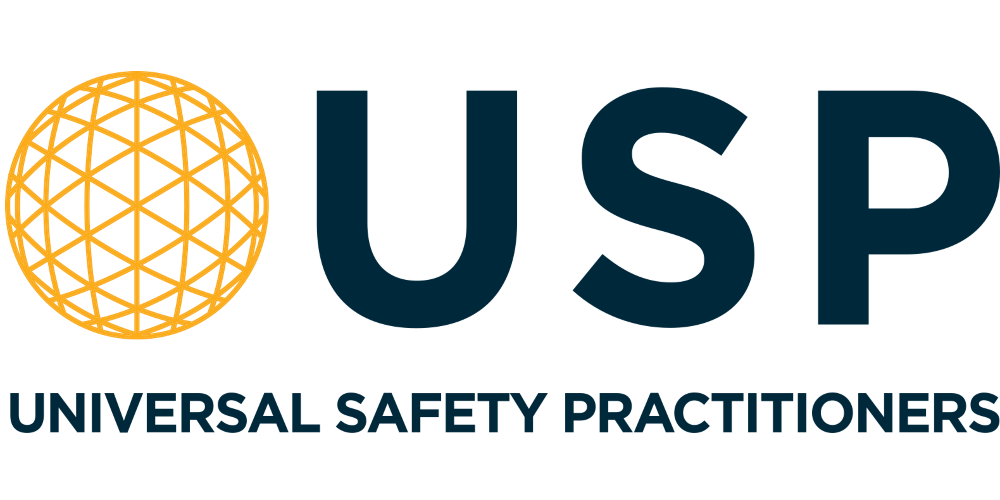Building Safety Bill Update


You may remember that earlier this year we wrote an article explaining the draft Building Safety Bill. If you have not read this, please click here.
The HSE have recently provided an update in respect of the proposed changes. Our article will explain the key element of proposed changes under the bill.
Key element: Safety Case
A key element of the proposed legislative changes is that high-rise occupied residential buildings will need a Safety Case. It will complement existing building and fire safety legislation and requires those responsible for high-rise residential buildings to think about the potential fire and structural hazards in their buildings and show how they are keeping their building safe.
What is a Safety Case?
In essence, a Safety Case is all the information you use to manage the risk of fire spread and the structural safety of your building. The person who manages or is responsible for high-rise residential buildings uses this information as evidence to demonstrate or justify how they are preventing major accidents in their building and limiting the consequences of a major accident.
What buildings does a Safety Case apply to?
A high-rise building has been clarified as one which is 7 storeys tall or more, or above 18 metres in height and contains at least 2 residential units. The scope of this new legislation therefore includes multi-use buildings (buildings with residential and commercial aspects i.e. flats with shops contained within the building). Please note that different building safety laws will apply in Scotland, Wales and Northern Ireland.
Is there any HSE guidance on this?
Fortunately, the HSE have provided a safety case principals for high-rise residential buildings document which provides support on taking sensible, risk-based steps to keep people both in and around buildings safe. As this is an ever-changing landscape as the bill makes its way through parliament, the HSE has confirmed that more material will follow when more information emerges. Furthermore, the HSE have confirmed that as the requirements of the law have not yet been confirmed, and are subject to change, you are not legally required to do anything in respect of safety cases at this time.
Are Safety Cases new?
Interestingly, a Safety Case isn’t something new!
Safety Case regimes have been used when the potential consequences of a single, or linked series of events are significant and unacceptable. A Safety Case regime provides a greater level of assurance that the measures in place are necessary to prevent and limit the consequence of a serious incident. Up until the Building Safety Bill was submitted to Parliament, Safety Cases have been reserved for high hazard industries, such as nuclear energy, railways and chemical manufacturing, to name a few.
Under the new proposals, people who manage or are responsible for high-rise residential buildings will have to show what they are doing to keep their building safe, by explaining how the measures in place are enough to stop a major accident and place this information in a ‘Safety Case Report’.
What is a Safety Case Report?
A Safety Case Report is a document that summarises a buildings Safety Case. It identifies the major fire and structural hazards associated with a particular building and confirms how those risks are being managed, in order to prevent a major accident.
The Safety Case Report does not need to detail risks that only effect individuals in a single incident (i.e. Slips, Trips and Falls).
Is this just a one-off exercise?
A Safety Case and Safety Case Report is not a one-off exercise. It is important to note that the building, it’s hazard and how they are managed will naturally change over time. Therefore, the Safety Case will need to evolve at the same rate to reflect this. It is important that the Safety Case Report is reviewed and updated to continue to provide assurance that major fire and structural hazards are being properly managed and controlled.
Who will see the Safety Case Report?
The primary focus of the Safety Case is to help you manage the major accident hazards of the building you control. However, once the Safety Case regime is fully operational, a copy of a buildings Safety Case Report has to be provided to the Building Safety Regulator (‘BSR’).
The BSR will assess the Safety Case Report and verifying the arrangements for managing, controlling and mitigating both structural and fire risks. Furthermore, the report can be used as the basis to provide information to interest parties, for example the residents of your building.
